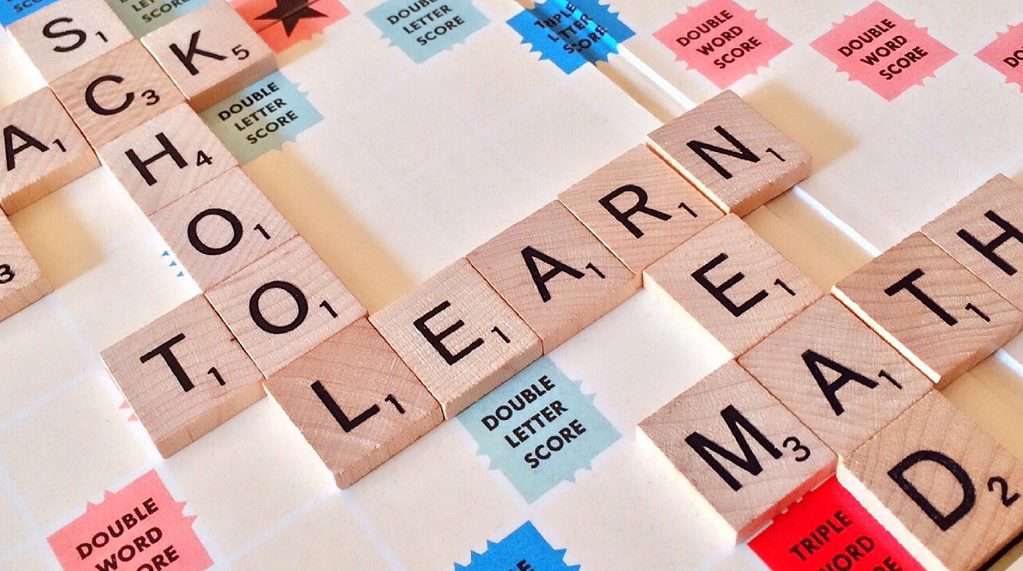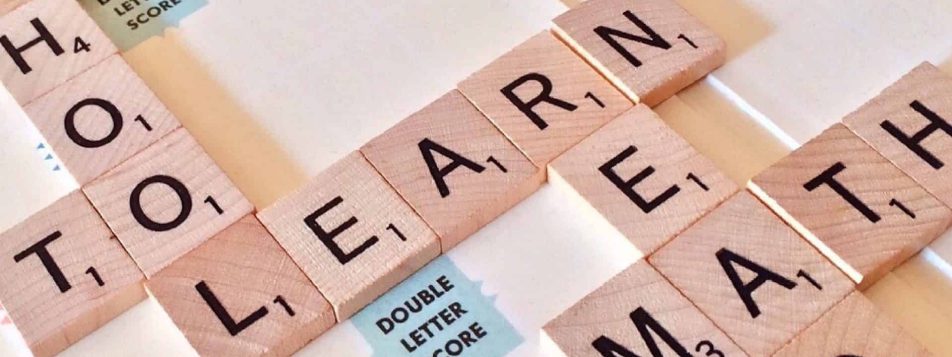What is Gamification?
The definition of gamification in teaching is the process of adding game-design elements to non-game contexts. The goal of gamification is to make more engaging class activities, increase desired behaviors, and provide feedback as an achievement.
We use gamification techniques to engage and encourage students to learn skills outside the traditional classroom setting. Understanding how students learn from games is important. You can learn how adults learn from games instead of learning from non-game contexts.
There are many examples of gamification in teaching. Gamification in teaching works well when students can interact with an application that is fun and engaging and encourages them to learn and practice skills and engage in game-based learning new experiences.
Teachers need to understand what motivates students when they are not in the classroom to motivate them in the classroom. This is why gamification in teaching is essential for teachers to understand students' different reasons for playing games.
Is gamification a part of your learning path? Find out more about learning with Cudy!

Is Gamification in Teaching Effective?
(Photo by Jess Foami on Pixabay)
While there is little research on the effectiveness of gamification in education, it is possible that gamification is effective at increasing desired behaviours. For example, adding game elements to increase engagement and motivate behavior has been shown that has been successful in healthcare settings.
Gamification effectively increases desired behaviors such as physical activity, smoking cessation, medication adherence, and weight loss. It is also more effective to use a game-like application than traditional teaching methods when teaching children how to solve puzzles as a task.
We can also use gamification as a motivational tool for students with special needs. One study showed that students who played games had higher self-esteem and self-efficacy than those who did not play games.
While gamification can increase desired behaviours, it is important to do more research on the effectiveness of gamification in education. Gamification has a significant effect on student motivation; however, it is important to know what motivates students when they are not in the classroom.
There are two main reasons why students play games: to have fun and experience challenges. Fun is the most important factor in motivating behaviour in games. Students also enjoy more when they could control their game-based learning rather than having someone else tell them what to learn.
The third most important factor to be one of the daily goals in applying gamified activities in your classroom is feedback. Students like receiving feedback and were more motivated when receiving feedback from their peers or artificial intelligence rather than adults or computers.
How to Do Gamification in Teaching
There are some ways and examples of gamification you can apply in your classroom to encourage student engagement, such as:
Social Media Integration
Social media is a popular source of information that many students are already familiar with. It is a good way to engage students in learning. The first step to have a gamified experience in your classroom with social media is to create a classroom page on at least one social media platform.
As the teacher, you will be the administrator of this page. You will be responsible for posting relevant information that will educate and motivate your students. In this way, you can apply gamification in education.
Most social media platforms have a specific hashtag that people can post on the class page; however, if you do not see a suitable hashtag, you can always create your own.
Once you have created the class page, direct students to this page frequently throughout the day to stay up-to-date with what is going on in class. Suppose students have questions about homework or anything else related to the class. In that case, they should use the hashtag associated with your classroom page so that other classmates can see their question and answer it.
Having a class page on social media that students can use to ask questions will increase engagement with the class and allow students to learn from one another.
Game Show
Another way to apply gamification in your classroom is to run a game show for your students. This will help keep students engaged in the material and make them more motivated to learn. You can run this in many ways, but the most important thing is that there are clear rules for the game to prevent cheating and confusion among students.
For example, you can create a Powerpoint slide with instructions about how to play it and a list of prizes for the winning rounds. Each round should have specific rules about what content you test to ensure that every student understands how the game elements work and how they win.
They should play the game show as a team competition; however, there must be individual prizes for students who demonstrate skills outside of the team competition.
For example, you can have prizes for students who correctly answer questions about the material they do not win points in during the team competition. As the teacher, it is important to encourage students to collaborate during the game show to create an environment that motivates them to learn.
After they have completed the game show, it is crucial to review what they learn by playing the game show and its relation to class's lessons where you apply gamification.
Quizzes
Quizzes are a way to keep students engaged in learning and test their knowledge on different topics. Suppose your classroom uses a course management system such as Blackboard or Moodle. In that case, creating quizzes will be straightforward since you will create automated quizzes given at specific intervals based on when you assign them to class time.
If your classroom does not use a course management system, then creating quizzes will be more difficult. For example, you can create a Google form that students will fill out to test their knowledge.
Once they have completed the quiz, it is important to provide feedback on the results to let students know how they did on the quiz and what they need to work on.
There are various game elements many and ways you can gamify your classroom to encourage student engagement; however, there is no one way that you can do it.
There are some other gamification examples. The methods listed above are just some of the many ways you can apply gamification in education. It is essential for teachers to understand what motivates students to motivate them in the classroom.
Interested in gamification in learning? Read our other articles on Cudy Blog!






